

— Blogs —
—Products—
 Consumer hotline +8618073152920
Consumer hotline +8618073152920 WhatsApp:+8615367865107
Address:Room 102, District D, Houhu Industrial Park, Yuelu District, Changsha City, Hunan Province, China
Product knowledge
Time:2024-01-07 15:48:22 Popularity:1943
What is an environmental sensor?
An environmental sensor is a device used to measure and monitor environmental parameters, which can detect environmental parameters such as temperature, humidity, pressure, light, rainfall, wind speed, wind direction, noise, PM2.5 PM10 and so on. These sensors are usually composed of a sensitive element and a conversion element, which is responsible for sensing changes in environmental parameters, while the conversion element converts the output signal of the sensitive element into an electrical signal that can be measured and recorded.
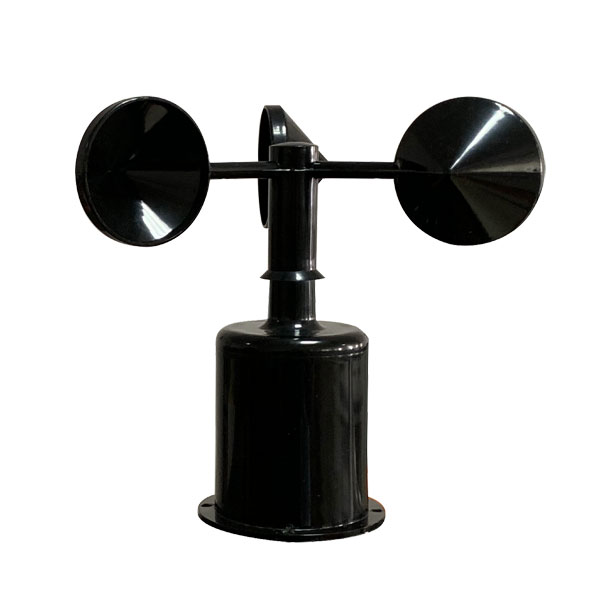 | 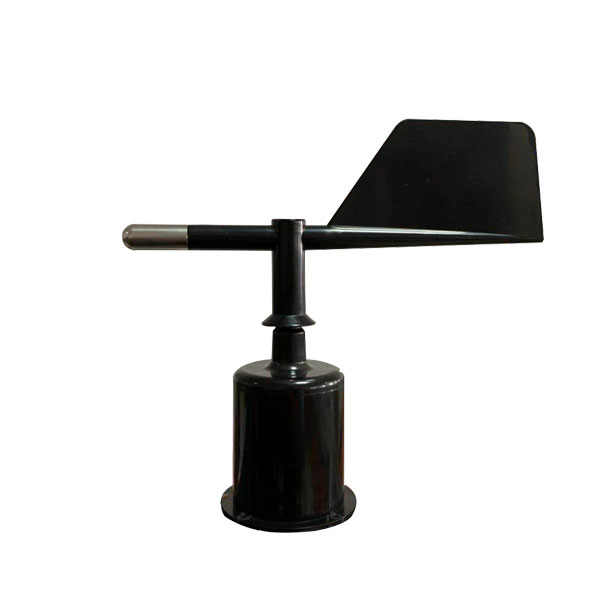 | 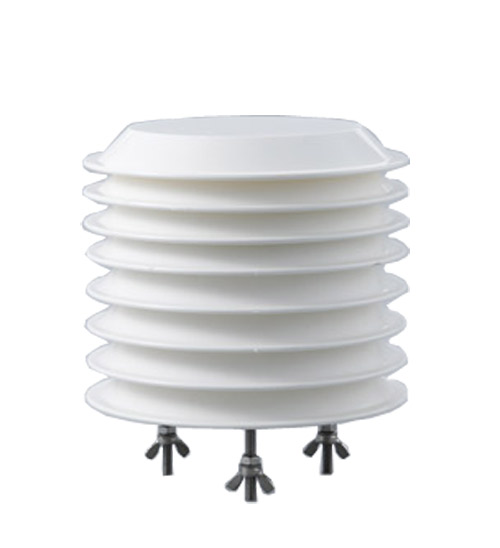 | 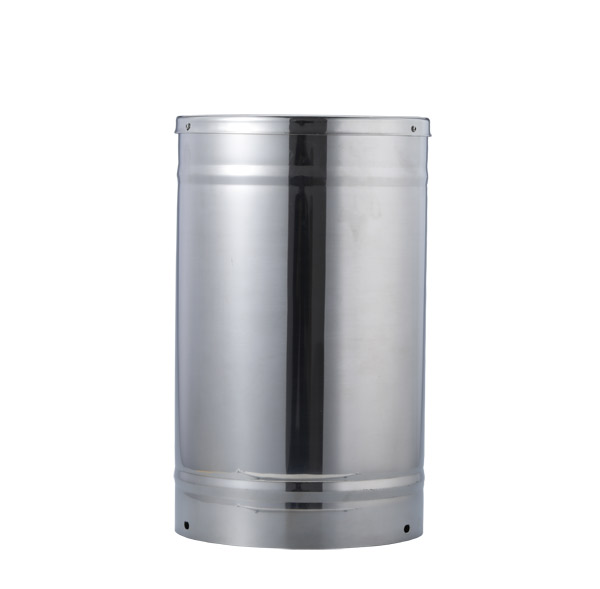 | 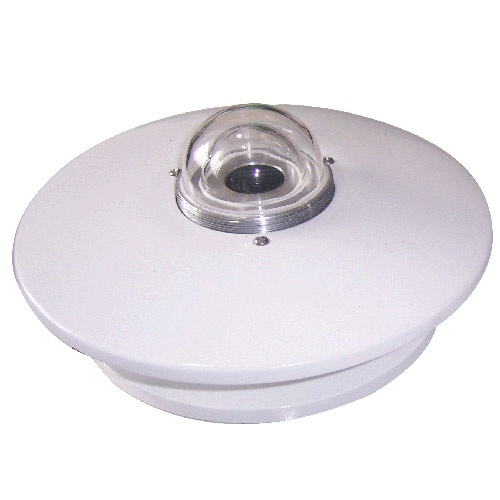 |
| Wind Speed sensor | Wind direction sensor | Atmospheric Temperature Humidity air pressure Sensor | Tipping bucket rain gauge sensor | Solar Radiation Sensor |
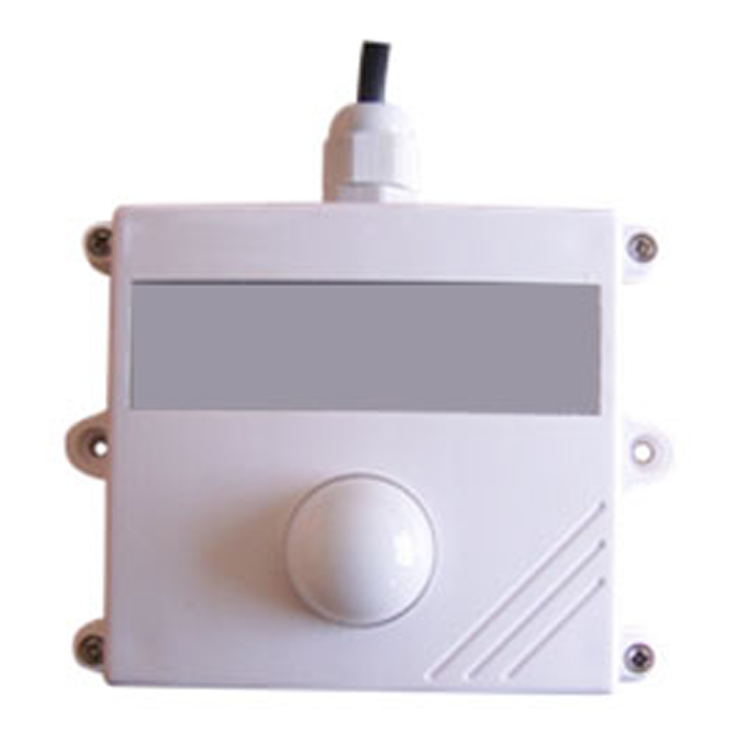 | 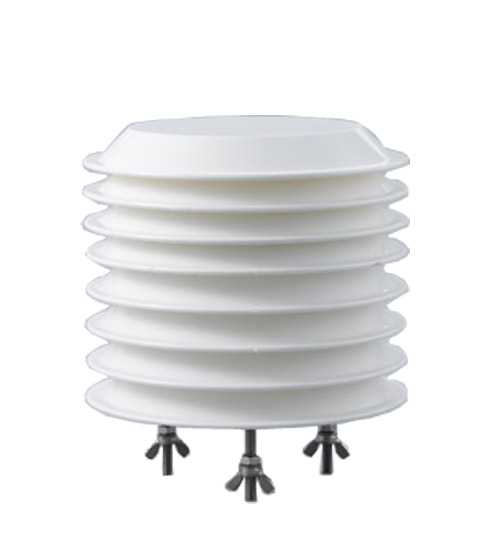 | 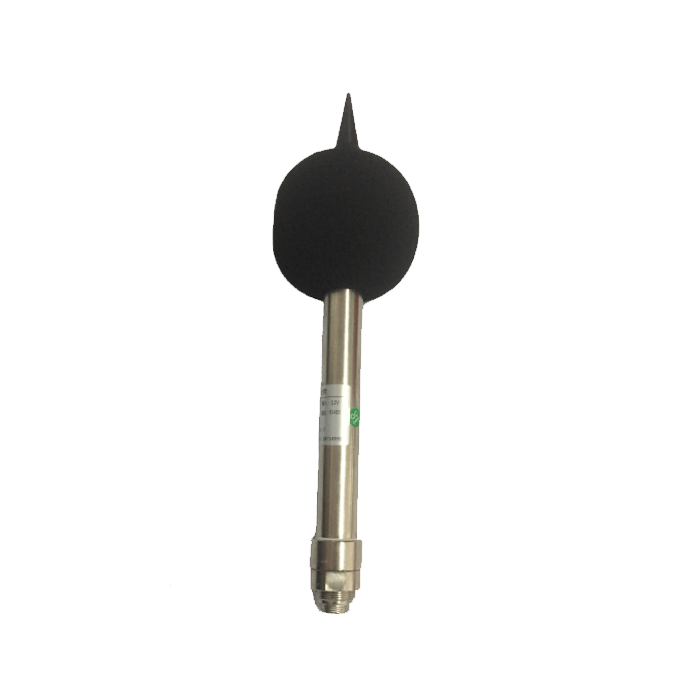 | 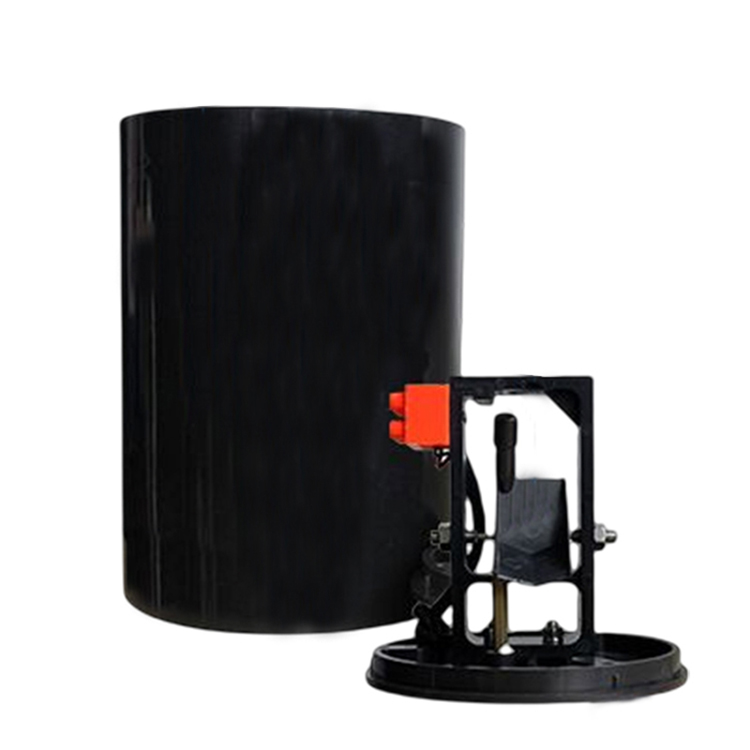 | 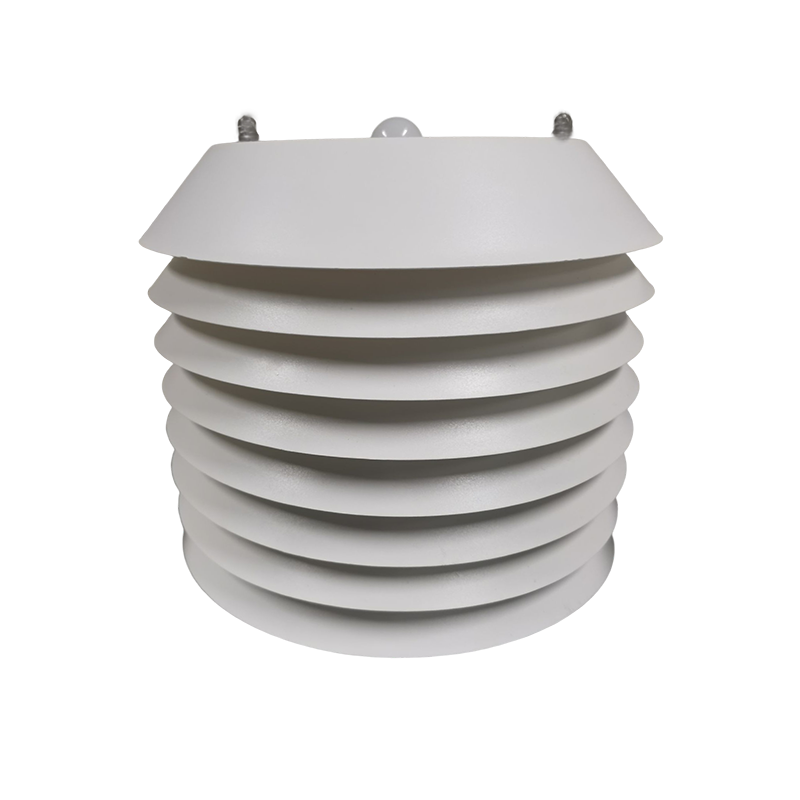 |
| illumination sensor | CO2 sensor | Noise measurement sensor | Tipping bucket rain gauge sensor | PM2.5 and PM10 sensors |
Environmental sensors have a wide range of applications in the fields of environmental protection, agriculture, meteorology, and industry. For example, in the field of environmental protection, environmental sensors can detect air quality, pollutant emissions and other environmental parameters, to help people understand the environmental situation in a timely manner, and develop countermeasures; in the field of meteorology, environmental sensors can monitor the temperature, humidity, air pressure, wind speed, wind direction and other meteorological parameters, to provide data support for weather forecasting and climate change research; in the field of agriculture, environmental sensors can monitor soil temperature, In the field of agriculture, environmental sensors can monitor soil temperature, humidity, light and other parameters to help farmers rationalize crop planting and irrigation, and improve agricultural production efficiency.
There are many types of environmental sensors, and different sensors can detect different environmental parameters. Some common environmental sensors include temperature sensors, humidity sensors, pressure sensors, light sensors, rain sensors, wind speed sensors, and so on. These sensors usually utilize different measurement principles and technologies, such as thermoelectric effect, resistive, capacitive, photoelectric, and so on.
With the continuous development of technology, the accuracy and stability of environmental sensors have been continuously improved, and more new types of environmental sensors have emerged. For example, wireless environmental sensors, miniature environmental sensors, intelligent environmental sensors and so on. These new environmental sensors have a wide range of application prospects in real-time monitoring, remote monitoring and intelligent monitoring.
Environmental sensors have a wide range of applications in many fields, the following are some of its main application scenarios:
Environmental monitoring: environmental sensors are mainly used for environmental monitoring, including air quality monitoring, temperature and humidity monitoring, noise monitoring and so on. For example, air quality sensors can measure the concentration of harmful gases and particles in the air, providing data support for the environmental protection department. Temperature and humidity sensors can measure indoor and outdoor temperature and humidity, providing data for meteorology, agriculture, industry and other fields. Noise sensors can measure the intensity of noise in the environment and assess the impact of noise on the human body.
Smart Home: In the field of smart home, environmental sensors can monitor indoor temperature, humidity, light and other parameters to automatically adjust air conditioners, humidifiers, curtains and other equipment to create a comfortable living environment.
Industrial control: In the industrial field, environmental sensors can be used to monitor and control various environmental parameters in the production process, such as temperature, humidity, pressure, etc., to ensure product quality and production efficiency.
Energy management: environmental sensors can be used in the field of energy management, through the monitoring of indoor and outdoor temperature, humidity and other parameters, automatic adjustment of air conditioning, heating and other equipment operation status, to achieve energy saving and emission reduction.
Transportation: In the field of transportation, environmental sensors can be used to monitor the environmental parameters of vehicles and airports, such as temperature, humidity, light, etc., to ensure the safety of passengers and cargo.
Agriculture: In the field of agriculture, environmental sensors can be used to monitor the temperature, humidity, PH value and other parameters of the soil, to provide farmers with the basis for scientific planting, to improve the yield and quality of crops.
Meteorological monitoring: In the field of meteorological monitoring, environmental sensors can be used to measure temperature, humidity, air pressure, wind speed, wind direction and other meteorological parameters, to provide data support for weather forecasting and climate change research.
Environmental sensors have many advantages in environmental monitoring:
Real-time: environmental sensors can sense changes in environmental parameters in real time, effectively improving the timeliness of environmental monitoring.
Accuracy: modern sensor technology has a very high precision and sensitivity, can accurately capture small changes in the environment, effectively avoiding the error of manual monitoring.
Automation: Sensors can automatically complete data collection, transmission and analysis, greatly reducing the cost and difficulty of manual operation.
Remote monitoring: with the Internet of Things and cloud computing and other technologies, the sensor can realize remote monitoring and data transmission, which is convenient for managers to understand the environmental conditions at any time and anywhere.
Reliability: the sensor has stable performance and long service life, and can continuously monitor environmental parameters for a long time.
Flexibility: a wide range of environmental sensors, according to different application scenarios to choose the right sensor to meet a variety of environmental monitoring needs.
Easy to integrate: the sensor can be easily integrated with a variety of data acquisition systems and processing software to achieve unified management and analysis of data.
Low cost: with the continuous development of technology, the manufacturing cost of environmental sensors is gradually reduced, making large-scale deployment and application possible.



In summary, environmental sensors have the advantages of real-time, accuracy, automation, remote monitoring, reliability, flexibility, easy integration and low cost in environmental monitoring. These advantages make environmental sensors widely used in various fields and provide strong support for environmental protection and sustainable development.
Related recommendations
Sensors & Weather Stations Catalog
Agriculture Sensors and Weather Stations Catalog-NiuBoL.pdf
Weather Stations Catalog-NiuBoL.pdf
Related products
 Combined air temperature and relative humidity sensor
Combined air temperature and relative humidity sensor Soil Moisture Temperature sensor for irrigation
Soil Moisture Temperature sensor for irrigation Soil pH sensor RS485 soil Testing instrument soil ph meter for agriculture
Soil pH sensor RS485 soil Testing instrument soil ph meter for agriculture Wind Speed sensor Output Modbus/RS485/Analog/0-5V/4-20mA
Wind Speed sensor Output Modbus/RS485/Analog/0-5V/4-20mA Tipping bucket rain gauge for weather monitoring auto rainfall sensor RS485/Outdoor/stainless steel
Tipping bucket rain gauge for weather monitoring auto rainfall sensor RS485/Outdoor/stainless steel Pyranometer Solar Radiation Sensor 4-20mA/RS485
Pyranometer Solar Radiation Sensor 4-20mA/RS485
Screenshot, WhatsApp to identify the QR code
WhatsApp number:+8615367865107
(Click on WhatsApp to copy and add friends)